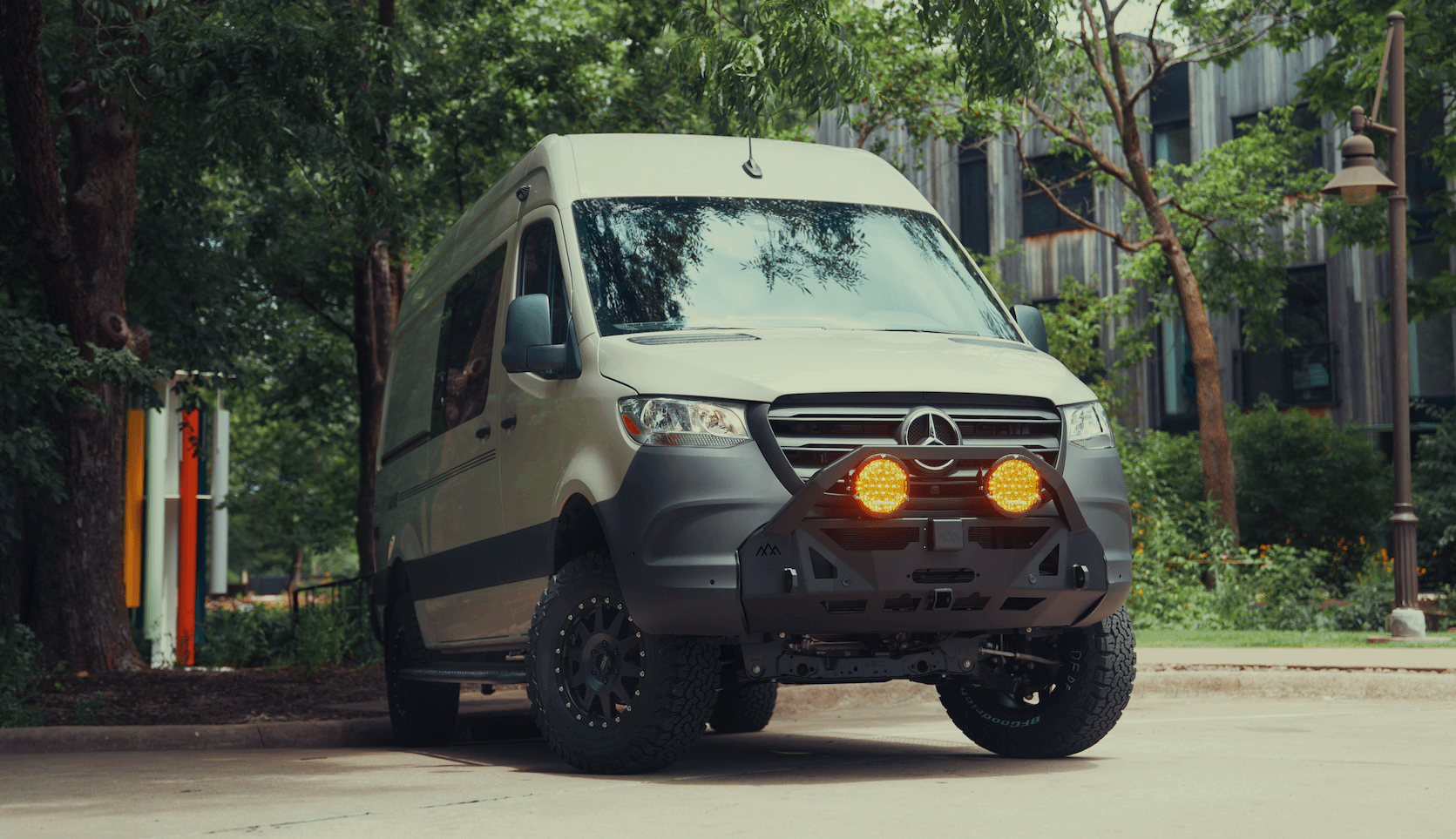Recreational Vans

Rock climbing van life is a steady cadence more than a vacation. Mornings start with weather checks, topo recon, and a quick warm up. Midday is for shade chasing or a bouldering circuit, evenings shift to cooking, skin care, and route notes. The best trips are not rushed. They string together zones where weather, style, and partner availability line up with your goals.
Crag etiquette keeps access open. Park tight, keep voices low, and pack out everything, even orange peels. Stay on trails to protect cryptobiotic soil. Brush tick marks and chalk from boulders. Share beta with a smile and never top rope through fixed anchors. Many areas sit on land where local coalitions volunteer to maintain trails and negotiate access. Support them with donations and a few hours of trail work when you can.
Season dictates the map. Autumn draws boulderers to granite and sandstone. Winter belongs to the desert and south facing sport crags. Spring favors limestone pockets and southeastern sandstone. Summer pushes climbers high into alpine valleys and shaded canyons. Aim for two or three anchor zones with backup options within a half day drive. That way you can pivot when storms or crowds arrive.
Rest days are where the trip stays sustainable. Mobility work, easy hikes, and a long nap beat a frantic mileage day. Focus on skin recovery and finger health. Many climbers keep a notebook with session notes, moves unlocked, and what to try next. A little structure prevents overuse and keeps stoke high for the redpoint or the next boulder highball.
A climber friendly layout centers on clean storage, moisture control, quick meals, and reliable power. Ropes, cams, draws, crash pads, and shoes carry dust and chalk. Keep dirty gear isolated from sleeping space. A shallow garage with anchor points and mesh bins makes sorting easy. Use a hanging zone for shoes so they can dry without baking in direct sun.
Moisture management is a game changer. A roof vent paired with a fan moves humid air from cooking and drying shoes. Window coverings help regulate temperature and protect privacy at crowded trailheads. If you train in the van with hangboards or bands, mount them in ways that do not transmit vibration or stress windows.
Power should match your electronics and climate. Many climbers charge phones, GPS units, headlamps, and cameras. Add a margin for a fridge, fans, and a small induction cooktop if you prefer not to manage propane. Solar is great in the desert, while a charge from the alternator covers cloudier regions. Keep critical chargers accessible so late night top offs are simple.
Water drives the schedule. A pair of tanks gives options for fill and gray. Many climbers carry a dedicated jug for hand washing at the tailgate. A compact outdoor shower helps rinse dust and chalk after long days. Cooking gear should be quick to deploy and clean. A deep sink with a spray faucet shortens cleanup so you spend more time sleeping and less time scrubbing.
Budget in layers. Fuel, food, and water are the core. Add passes or permits that unlock camping and day use areas. Memberships to access groups support trails and keep parking lots open. Keep an emergency fund for tires, a broken rope, or a lost shoe quiver. If you climb remote trad, include satellite messaging in the plan.
Safety starts with communication. Share a route plan with a partner each day. Keep a headlamp in the same place every time. Carry a compact first aid kit and know how to use it. When storms threaten, favor safer lines or rest. In busy zones, two locking carabiners on your personal anchor and clean belay habits prevent most incidents.
Community is the glue. Say hello, trade beta, and be a good neighbor. Offer rides to the trailhead when the lot is full. On rest days, attend stewardship events and meet local climbers. The relationships you build often lead to shared camps, new zones, and a second belayer when you need one.
When your climbing calendar turns from wish list to real itinerary, a purpose built van keeps the routine smooth. Layouts that separate wet shoes and pads, ventilation that clears humidity fast, and power that handles cameras and a fridge make long trips easier to manage. If you are considering a platform that can carry pads, trad racks, and water for dry camps, explore our recreational builds and see how a thoughtful interior supports long climbing seasons. Visit our page for recreational vans at recreational vans.
Climbers who already know their storage and power targets can look at a tailored path that matches their route goals and timelines. See how a full custom approach translates your gear list into a clean, quiet interior on custom build van. If you prefer a faster route with a financeable base, explore curated platforms designed for travel and adventure at mainstream vans.
Your season is mapped. Now make the van the strong partner in your send chain. Tell us your routes, water plan, and the gear you carry. We will translate that into storage that never rattles, ventilation that dries shoes overnight, and power that keeps your devices ready. Start a conversation today and let us help you focus on climbing while your rig handles the rest.
Ready to turn your climbing season into a smooth, reliable road routine? Tell us your routes, gear list, and power needs. OZK Customs builds climber focused vans that manage wet shoes, pads, and big water days without chaos. Start your spec today and we will map a build plan that fits your timeline and budget.
ADDRESS:
6159 E Huntsville Rd, Fayetteville, AR 72701
PHONE:
(479) 326-9200
EMAIL:
info@ozkvans.com